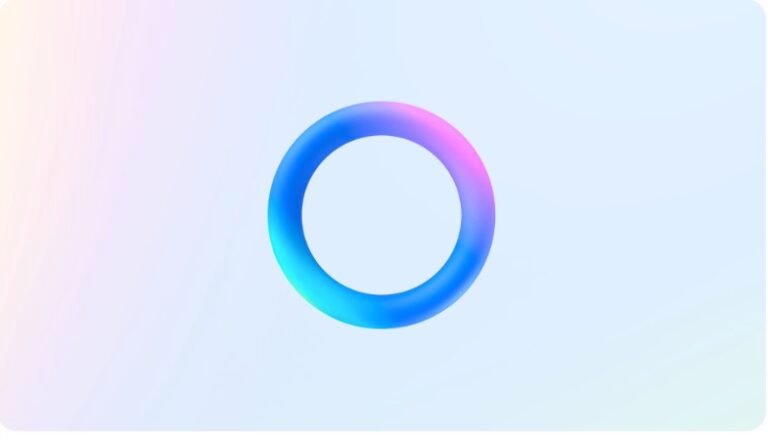
Last week, Meta started testing its AI chatbot in India across WhatsApp, Instagram, and Messenger.
Meta confirmed that it is restricting certain election-related keywords for AI in the test phase.
When you ask Meta AI about specific politicians, candidates, officeholders, and certain other terms, it will redirect you to the Election Commission’s website.
But just like other AI-powered systems, Meta AI has some inconsistencies.
This week, the company rolled out a new Llama-3-powered Meta AI chatbot in more than a dozen countries, including the U.S., but India was missing from the list.
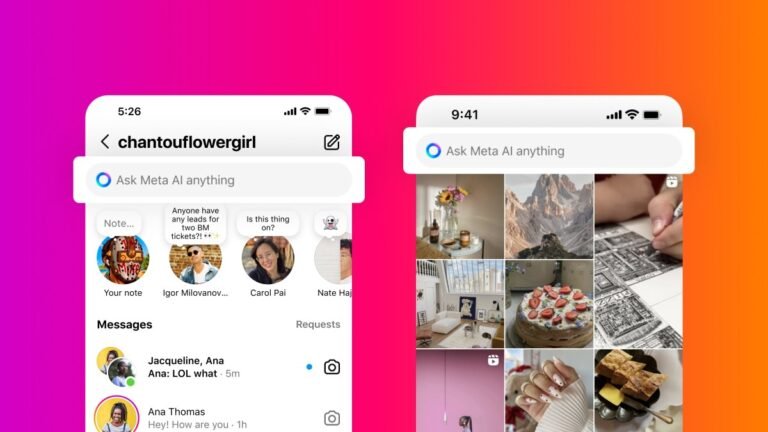
Chasing after other popular services in the market such as those from OpenAI, Mark Zuckerberg claimed today that Meta AI is possibly the “most intelligent AI assistant that you can freely use.”Meta first rolled out Meta AI in the U.S. last year.
Meta said that it plans to keep Meta AI in test mode in India.
New featuresUsers could already ask Meta AI for writing or recipe suggestions.
Plus, they can ask Meta AI to animate an image or turn an image into a GIF.
All AI things everywhere at onceMeta is adopting the approach of having Meta AI available in as many places as it can.

But the enormous growth of API usage — around half of all internet traffic — is putting businesses’ data at risk.
Cybersecurity startup Vorlon says it helps businesses protect their data from such incidents using its platform, and raised $15.7 million to improve its technology.
Founded in 2022 by former Palo Alto Networks executives Amir Khayat and Amichay Spivak, Vorlon analyzes network traffic to detect and remediate potential API abuse in real-time.
Vorlon uses AI to analyze and map all the API communication it monitors and translate it into human-readable language.
Khayat said Vorlon doesn’t send chatbot data anywhere; instead, it sends user queries to its own databases, and the chatbot will return the information from the startup’s database.

WhatsApp is testing Meta AI, its large language model-powered chatbot, with users in India and some other markets, signalling its intentions to tap the massive user base to scale its AI offerings.
The company recently began testing the AI chatbot, until now available in the U.S., with some users in India, many of them said.
India, home to more than 500 million WhatsApp users, is the instant messaging service’s largest market.
Meta unveiled Meta AI, its general-purpose assistant, in late September.
The AI chatbot is designed to answer user queries directly within chats as well as offer them the ability to generate photorealistic images from text prompts.
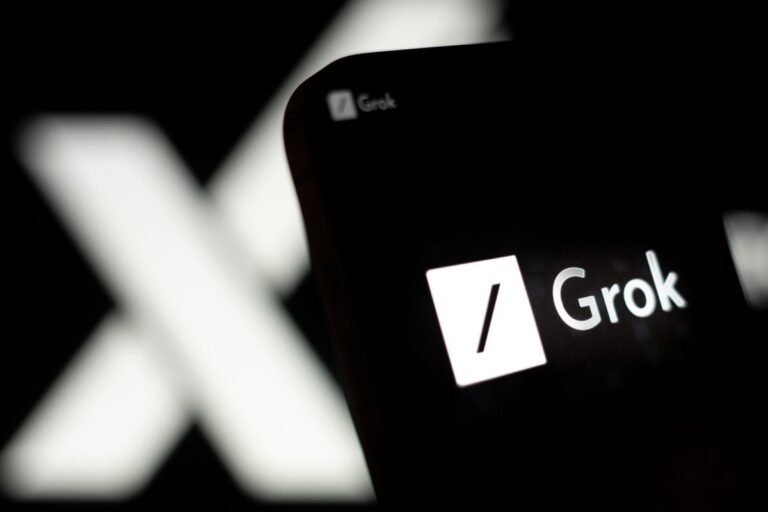
Social network X is rolling out access to xAI’s Grok chatbot to Premium tier subscribers after Elon Musk announced the expansion to more paid users last month.
The company said on its support page that only Premium and Premium+ users can interact with the chatbot in select regions.
Last year, after Musk’s xAI announced Grok, it made the chatbot available to Premium+ users — people who are paying $16 per month or a $168 per year subscription fee.
Earlier this week, X rolled out a new explore view inside Grok where the chatbot summarizes trending news stories.
Last month, xAI open-sourced Grok but without any training data details.

X.ai, Elon Musk’s AI startup, has revealed its latest generative AI model, Grok-1.5.
Grok-1.5 benefits from “improved reasoning,” according to X.ai, particularly where it concerns coding and math-related tasks.
One improvement that should lead to observable gains is the amount of context Grok-1.5 can take in compared to Grok-1.
Context, or context window, refers to input data (in this case, text) that a model considers before generating output (more text).
The announcement of Grok-1.5 comes after X.ai open sourced Grok-1, albeit without the code necessary to fine-tune or further train it.
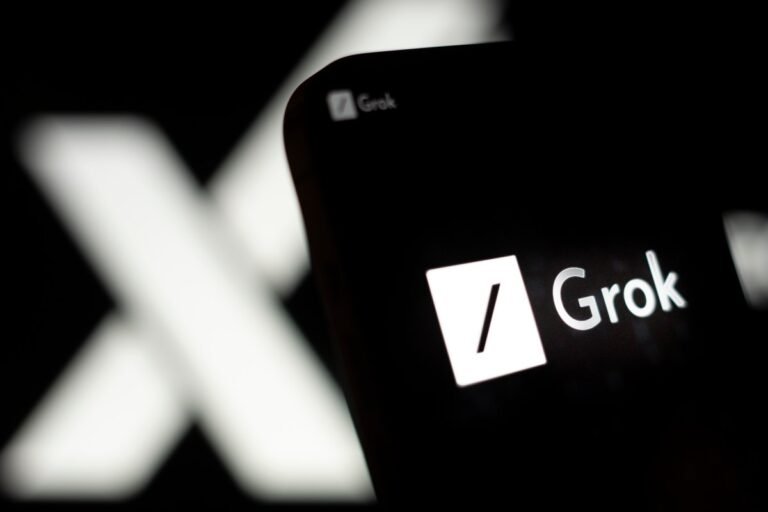
Following Elon Musk’s xAI’s move to open source its Grok large language model earlier in March, the X owner on Tuesday said that the company formerly known as Twitter will soon offer the Grok chatbot to more paying subscribers.
In a post on X, Musk announced Grok will become available to Premium subscribers this week, not just those on the higher-end tier, Premium+, as before.
Previously, Grok was only available to Premium+ subscribers, at $16 per month or a hefty $168 per year.
Most notably, Grok has the ability to access real-time X data — something rivals can’t offer.
Of course, the value of that data under Musk’s reign may be diminishing if X is losing users.

Phrasing requests in a certain way — meanly or nicely — can yield better results with chatbots like ChatGPT than prompting in a more neutral tone.
So what’s the deal with emotive prompts?
Nouha Dziri, a research scientist at the Allen Institute for AI, theorizes that emotive prompts essentially “manipulate” a model’s underlying probability mechanisms.
Why is it so trivial to defeat safeguards with emotive prompts?
Another reason could be a mismatch between a model’s general training data and its “safety” training datasets, Dziri says — i.e.

As conversational AI begins to take over the world, chatbots are being given a new lease of life.
Parcel delivery giant DPD recently had to disable part of its online support chatbot after it swore at a customer.
The demand for conversational AI is skyrocketing, and is set to explode to a mind-boggling $38 billion globally by 2029.
However, regulated sectors are still grappling with Natural Language Understanding (NLU) and Large Language Models (LLMs).
While an LLM might be able to sound like a human and understand context, regulated industries need high guard rails on an AI-driven approach.
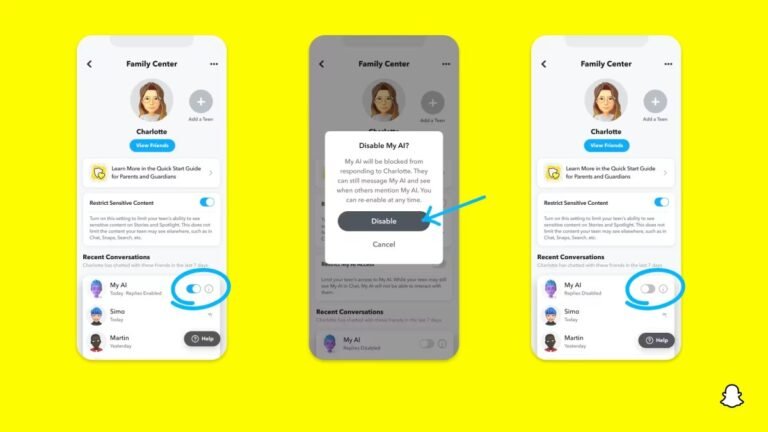
Snapchat is introducing new parental controls that will allow parents to restrict their teens from interacting with the app’s AI chatbot.
The changes will also allow parents to view their teens’ privacy settings, and get easier access to Family Center, which is the app’s dedicated place for parental controls.
Parents can now restrict My AI, Snapchat’s AI-powered chatbot, from responding to chats from their teen.
As for parents who may be unaware about the app’s parental controls, Snapchat is making Family Center easier to find.
Parents can now find Family Center right from their profile, or by heading to their settings.













